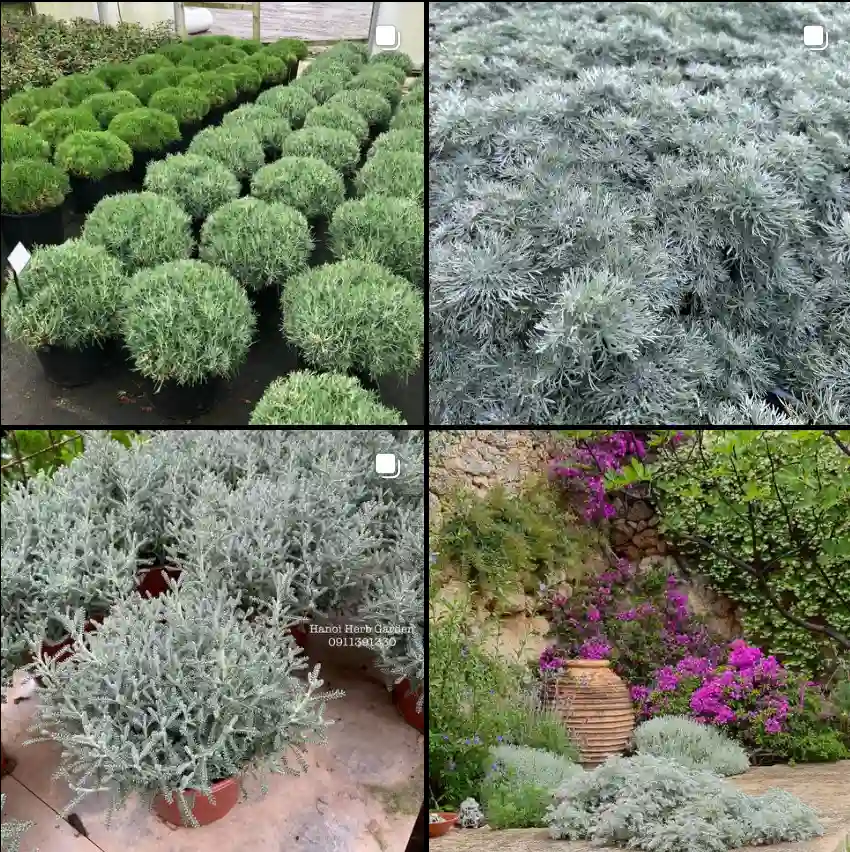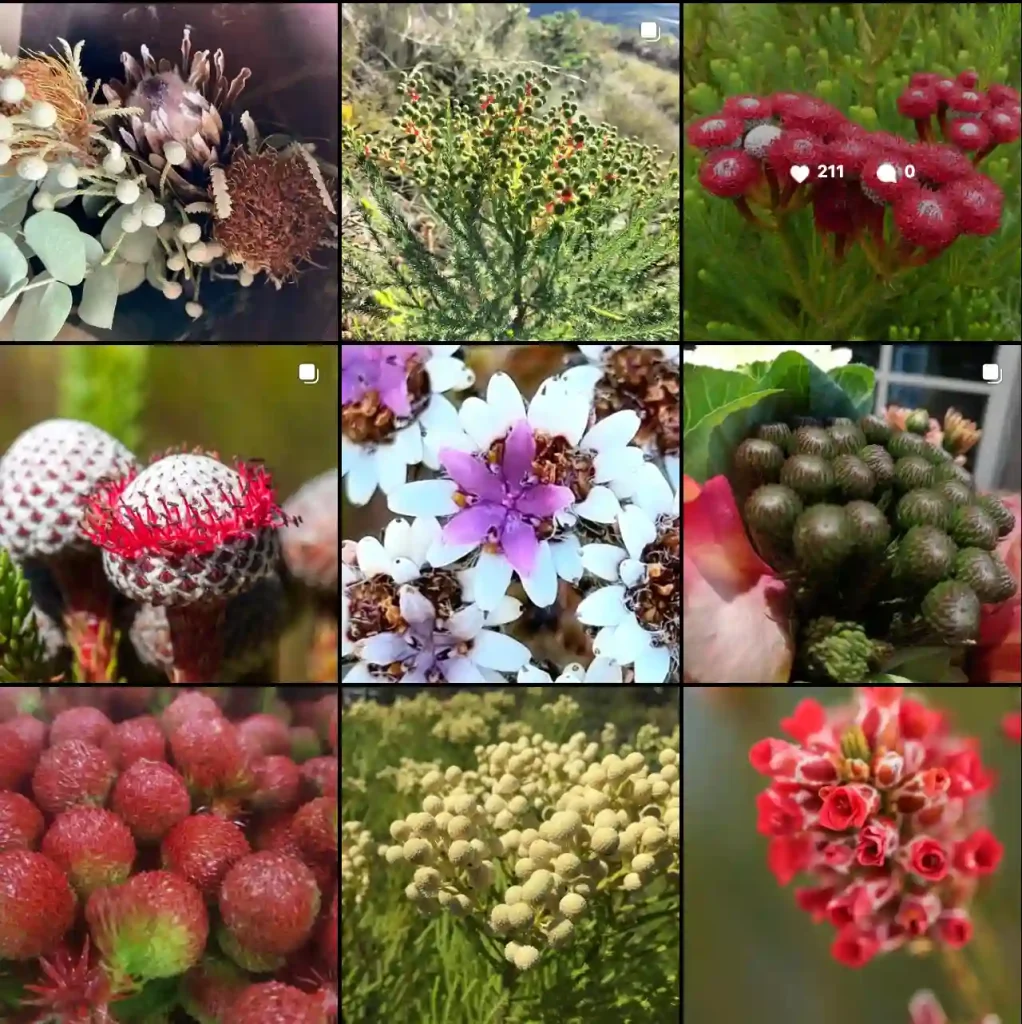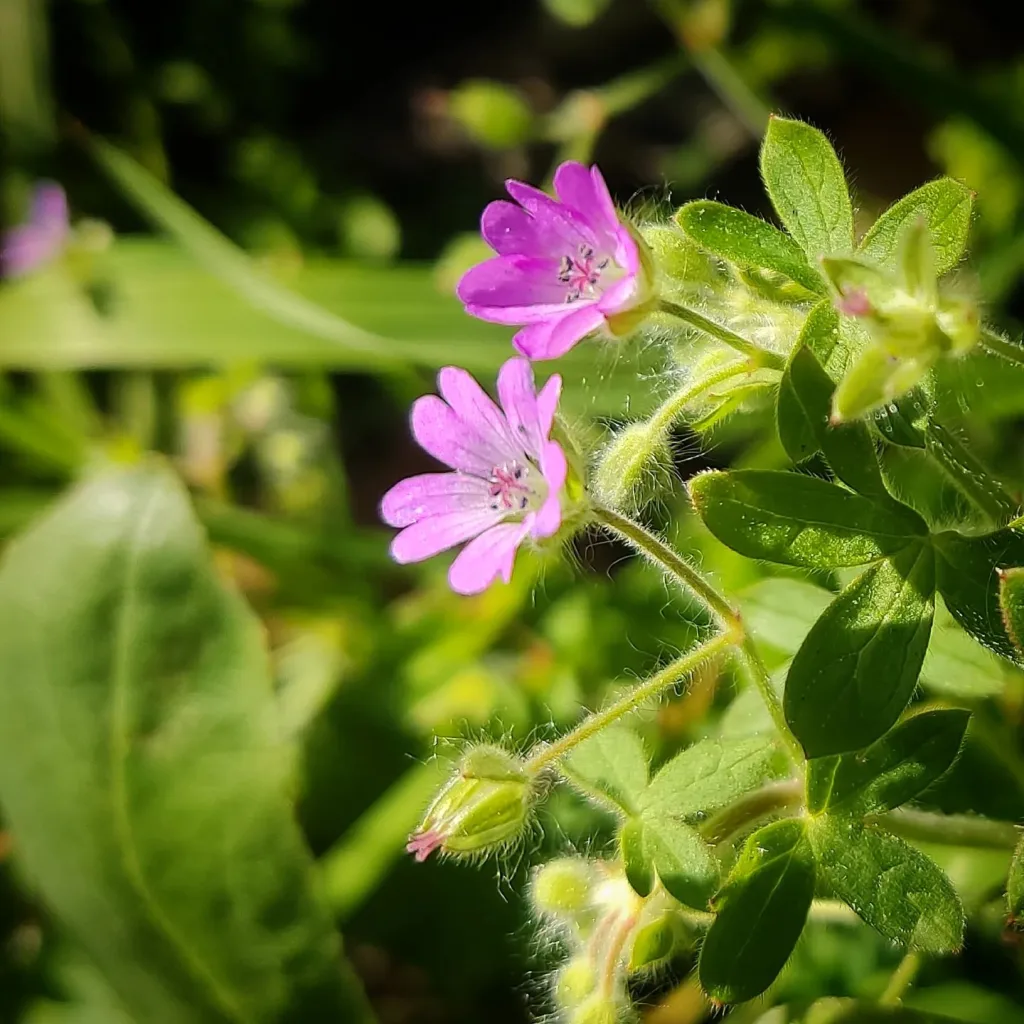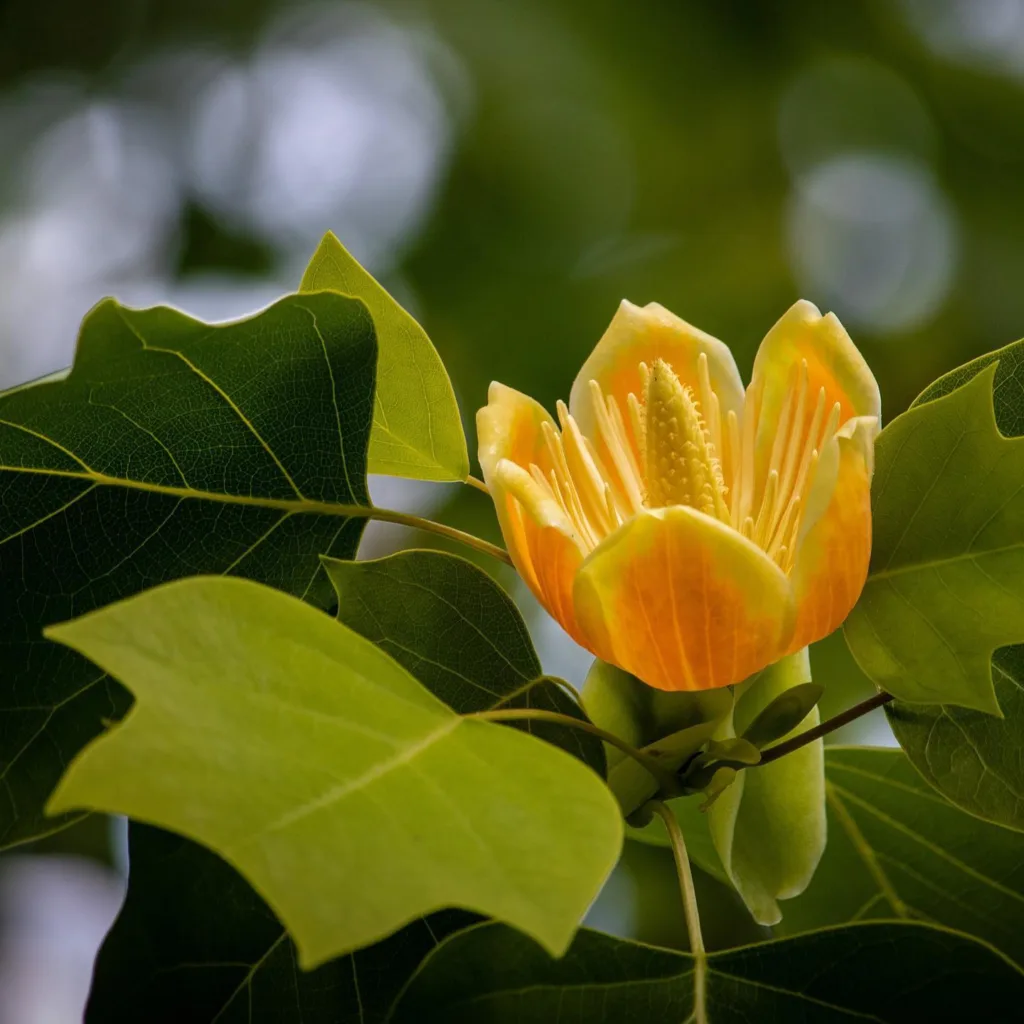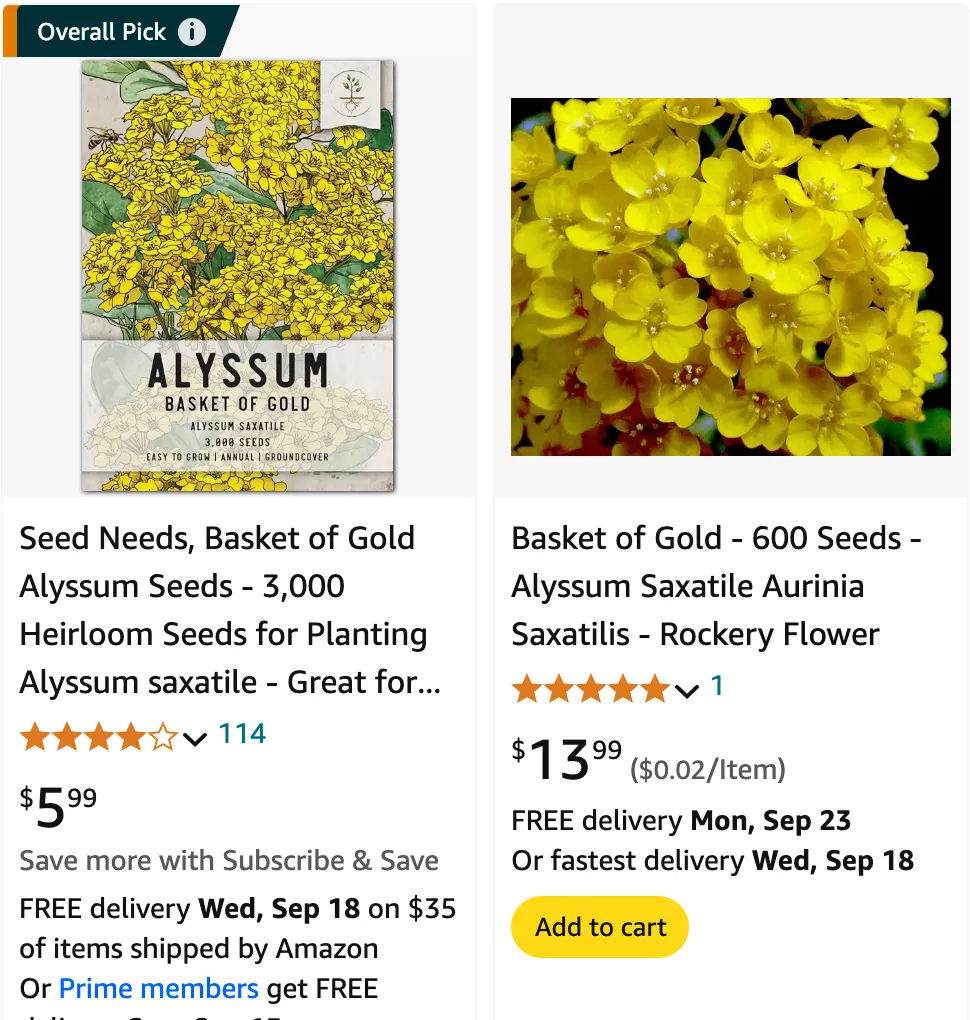
What Is Aurinia Saxatilis?
Aurinia Saxatilis, commonly known as Basket-of-Gold, is a charming perennial that thrives in rock gardens, borders, and cottage gardens. This low-growing, mounding plant is celebrated for its bright yellow flowers that blanket the foliage in spring. The plant’s botanical name, “Aurinia Saxatilis,” points to its natural affinity for rocky, mountainous environments, making it ideal for alpine and xeriscape landscapes.
7 Species in Genus Aurinia
Is Aurinia Saxatilis Evergreen?
One of the most common questions people ask is whether Aurinia Saxatilis is evergreen. In my experience, it depends on the climate where you grow it. In warmer regions, this plant tends to be semi-evergreen, retaining its silvery-gray foliage throughout the year. In colder climates, it may die back during the winter, but it comes back vigorously in the spring. Personally, I find it adds a consistent texture to my garden year-round in milder winters, which is a big plus if you’re looking for low-maintenance plants with prolonged visual appeal.
Is Aurinia Saxatilis Toxic?
If you’re like me and have pets or small children, knowing whether a plant is toxic is crucial. The good news is that Aurinia Saxatilis is generally considered non-toxic. You can plant it with peace of mind, knowing that curious pets or kids won’t be harmed if they come into contact with it. I often plant it in areas accessible to my pets without concern, which is always a relief when you’re managing both a garden and a household.
How to Care for Aurinia Saxatilis?
Aurinia Saxatilis is one of those plants that rewards neglect. It’s drought-tolerant once established, making it an excellent option for dry, rocky, or sandy soils. The key to success with Aurinia Saxatilis is to provide it with well-draining soil and full sun. Too much moisture can cause root rot, so I recommend not overwatering. Fertilizing isn’t necessary, but if you do, a light feeding in early spring will help boost blooming.
Deadheading spent blooms will encourage a neater appearance and sometimes lead to a second flush of flowers later in the season. I like to give mine a trim after flowering to keep its mound shape tidy and compact.
Can You Grow Aurinia Saxatilis Indoors?
While Aurinia Saxatilis is an adaptable plant, it’s not particularly suited for growing indoors. This plant thrives in outdoor conditions with plenty of sunlight, and its need for free-draining soil makes indoor cultivation tricky. If you’re set on growing it indoors, you’d need a bright, sunny window and a soil mix designed for cacti or succulents to mimic its natural habitat. In my experience, it just does better outside where it can bask in full sun and benefit from the natural elements.
How to Propagate Aurinia Saxatilis?
Propagating Aurinia Saxatilis is quite straightforward. I’ve had success with both seed propagation and division. For seeds, you can sow them in the fall or early spring. Germination takes a few weeks, but once established, the seedlings grow quickly.
If you prefer dividing plants, early spring is the best time. I usually divide mine every three years to maintain its health and prevent overcrowding. Simply dig up the plant, split the root ball into sections, and replant. It’s a great way to expand your garden or share with friends.
What to Plant with Aurinia Saxatilis?
Aurinia Saxatilis pairs beautifully with a variety of other plants, especially those that enjoy similar growing conditions. Personally, I love planting it alongside other drought-tolerant perennials like Sedum, Dianthus, and Phlox subulata. It also looks fantastic spilling over rock walls or edging paths, where its bright flowers can contrast with darker foliage plants such as Heuchera or low-growing conifers.
If you’re building a rock garden, this plant is a must-have. Its compact size and vibrant blooms provide a striking contrast to taller plants or more muted greens.
Common Problems with Aurinia Saxatilis
While Aurinia Saxatilis is relatively low-maintenance, like any plant, it can encounter issues. In my garden, I’ve noticed that overwatering can lead to root rot, especially if the soil doesn’t drain well. Aphids are another occasional problem, though they rarely cause significant damage. I’ve found that a strong spray of water or insecticidal soap takes care of them.
Powdery mildew can also be an issue in humid climates, but ensuring good air circulation around the plant usually prevents this. Trimming back any dead or crowded foliage helps to keep it healthy.
What Are the Benefits of Aurinia Saxatilis?
For me, the biggest advantage of Aurinia Saxatilis is its versatility and hardiness. It’s not only drought-tolerant but also deer-resistant, making it perfect for areas where wildlife is a concern. The bright yellow blooms offer an eye-catching display in the spring, bringing a burst of color when many other perennials are still waking up. Plus, its ability to grow in poor, rocky soils makes it a valuable plant for those tricky spots in the garden where other plants may struggle.
I’ve also found that it’s a great plant for erosion control. The dense mounds of foliage help stabilize soil on slopes or rocky outcroppings, preventing erosion while still providing visual interest.
Compare Aurinia Saxatilis with Other Similar Plants
Aurinia Saxatilis is often confused with Alyssum (Lobularia maritima), another low-growing plant that also produces masses of small flowers. However, the two differ in significant ways. Alyssum tends to have white or purple flowers, while Aurinia Saxatilis is known for its golden-yellow blooms. Also, Alyssum is more suited to cooler seasons and may not tolerate heat as well as Aurinia.
Another plant that’s sometimes compared to Aurinia Saxatilis is Yellow Sedum (Sedum Kamtschaticum). Both plants have similar mounding habits and yellow flowers, but Sedum is a succulent, so it handles drought even better than Aurinia. However, I find Aurinia offers a brighter, more vibrant display in the spring, making it the better choice if you’re looking for early-season color.
Conclusion
Aurinia Saxatilis is a standout plant in any garden, offering brilliant blooms and minimal care. From being semi-evergreen in warmer climates to its non-toxic nature and drought tolerance, this plant checks all the boxes for low-maintenance gardening. Whether you’re looking for a rock garden gem or a border plant, Aurinia Saxatilis is a reliable, beautiful choice.
If i die, water my plants!
